Which tools are commonly used by econometricians and data analysts in economics?
- Home
- Q & A Forum
- Which tools are commonly used by econometricians and data analysts in economics?
Econometrics Tools
Recommended Reads
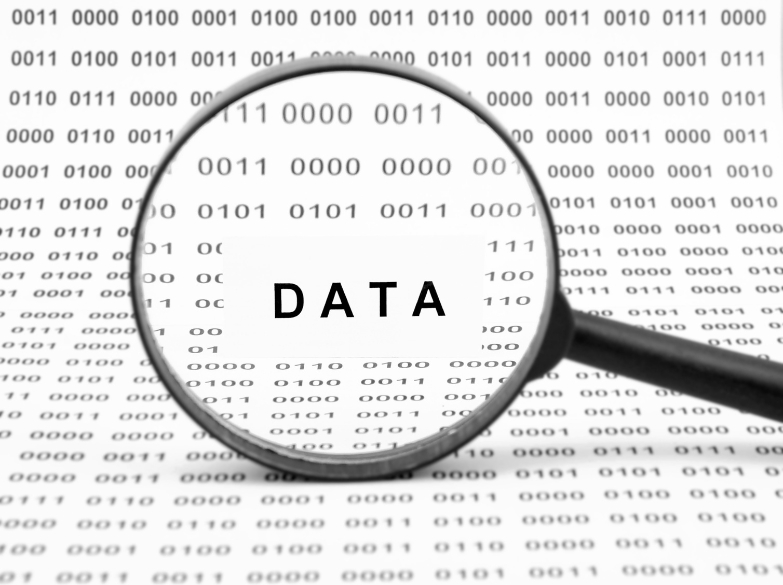
Data Collection
As the data collection methods have extreme influence over the validity of the research outcomes, it is considered as the crucial aspect of the studies
Which tools are commonly used by econometricians and data analysts in economics?
Table of content
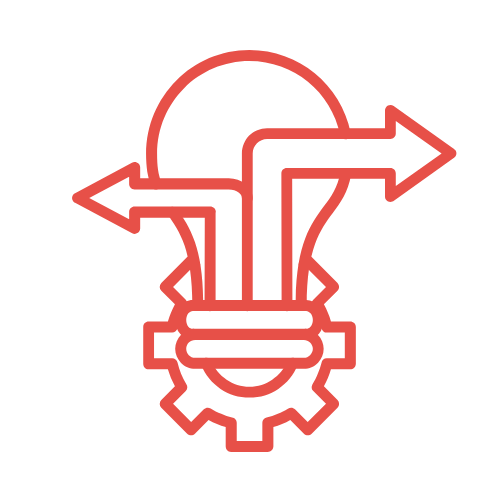
1. Introduction
1. Introduction
In the discipline of economics, econometricians and data analysts are faced with many software tools to conduct data analysis, build models, and make statistical inferences. The tools they choose to use often range from easy-to-use tools without the need to code to advanced computing environments that require coding. The appropriateness of a tool depends on the user and the type of analysis they are conducting, from basic data analysis to advanced econometric models.
This article outlines the two most frequently used econometric tools, their intended uses, and provides relevant examples.
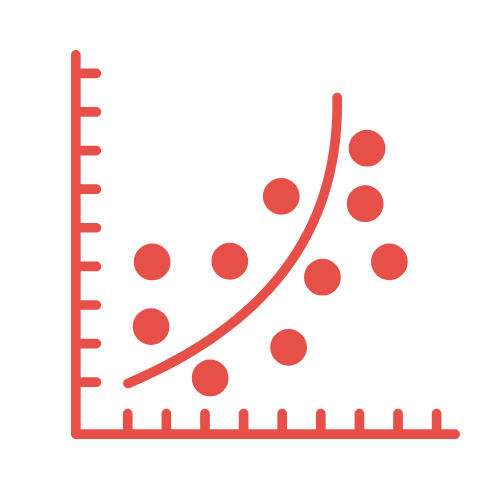
2. Stata
Use Case:
Stata is one of the software tools most used in the economics of data analysis and econometrics, and is widely recognized for estimating regression analysis, panel data analysis, and DiD models (StataCorp, 2020).
Example Application:
Economists may utilize Stata to estimate the effect of a recent government intervention (policy) on economic growth using a DiD model. One of the advantages of Stata is its ease of use with large data and extensive econometric models
Example: A study using Stata might probe the impact of minimum pay envelope laws on employment using Stata’s panel data features. Economists often employ the xtreg command for panel data regressions, as this panel data structure allows them to look at data that changes over time.
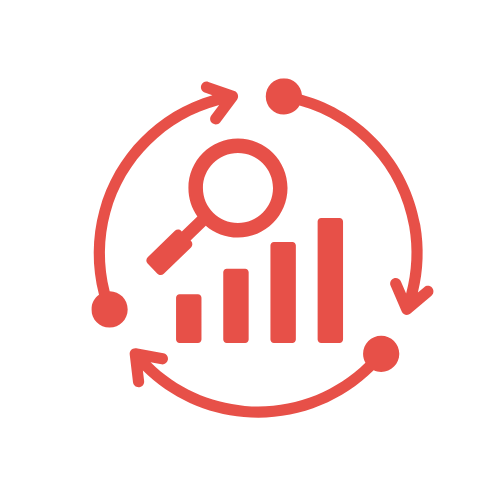
3. R
Use case:
R is an open-source software environment revelling in its best performance in econometrics, thanks to its many specialized packages. Economists use R for regression analysis, forecasting, and time series modelling. Furthermore, R allows for the development of even their econometric models (R Core Team, 2021).
Example application:
R can be used to produce a time series forecast — for example, a forecast of inflation rates. The forecast package in R is frequently used to fit an ARIMA model, for example, and the plm package can be used for panel data analysis.
Example: To forecast future GDP growth utilizing historical data, an econometrician may use the arima() function in R automatically chooses the best-fitting ARIMA with time series data.
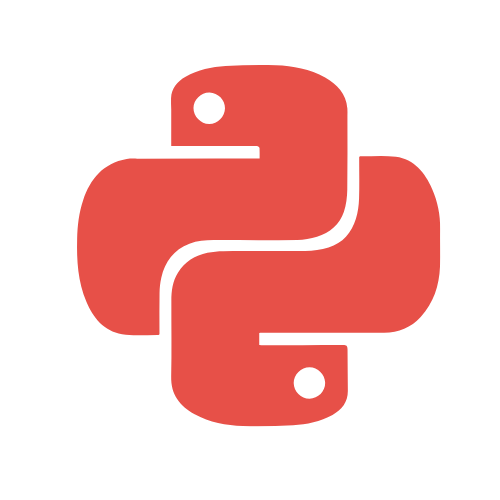
4. Python
Use Case:
Python has exploded in popularity among econometricians and data analysts, in part due to its general connection and ease of integration with machine learning tools. Furthermore, Python can be used for data cleaning, preprocessing, statistical modelling, and machine learning. Econometrically focused packages like statsmodels, pandas, and scikit-learn are commonly used (Van Rossum & Drake, 2009).
Example Application:
Python can be applied in situations where machine learning is performed with economic data, such as conducting statistical estimations to determine stock market trends or analyze consumer behaviour. The statsmodels library provides tools for doing classical econometric analyses, like OLS regression.
Example: An analyst may use Python to clean a large amount of data using the pandas library and then potentially run a regression model using statsmodels to understand the relationship between unemployment and inflation using a VAR model.
Talk to our Core Econometric Techniques Experts Today
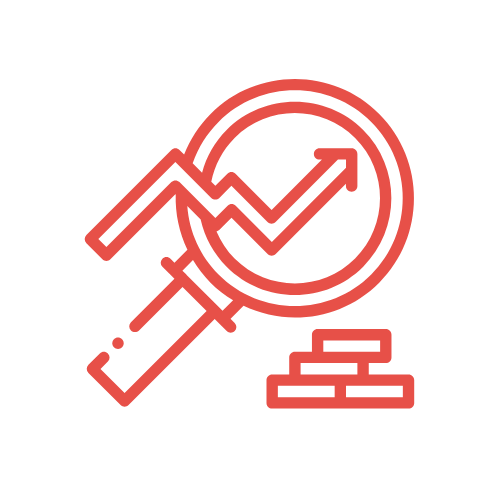
5. EViews
Use Case:
EViews is a tailored product offering time series econometrics and is generally accepted in the field of macroeconomics. EViews is also widely utilized because of its stable user interface and strong capabilities with time series implementation for large datasets and complex econometrics models (IHS Markit, 2020).
Example application:
Econometricians use EViews to model and read economic indicators such as inflation or GDP growth. The software offers an array of different options, including ARIMA modelling, cointegration, and Vector Autoregressive (VAR) models, making it more suitable to conduct research in the contemporary macroeconomic field.
Example: A researcher will use EViews to forecast how inflation rates will look over the next 10 years based on historical Consumer Price Index (CPI) data, through an array of options like ARIMA or Cointegration to improve overall predictions.
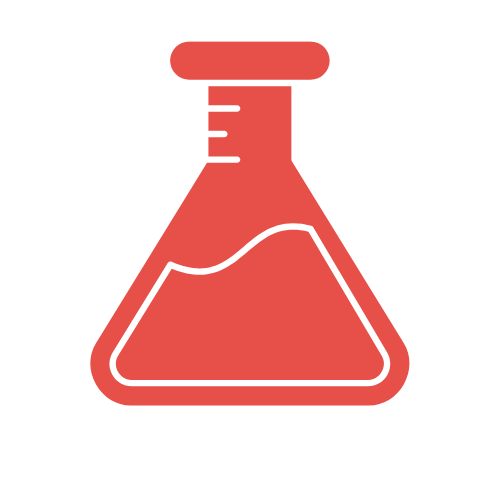
6. MATLAB
Use Case:
MATLAB is commonly used for econometric modelling in research-focused functions, such as in academia. One of the main advantages of using MATLAB is the versatility of the software, where complex mathematical computations and simulations can be utilized for theoretical econometrics (MathWorks, 2020).
Example Application:
MATLAB can be utilized to simulate economic models, to conduct Monte Carlo simulations, and to create customized algorithms for forecasting econometric models. This is especially useful for large-scale simulations to assess in econometrics and finance.
Example: An economist may use MATLAB to look at a dynamic general equilibrium model to then assess what the effects of an interest rate shock have on output and inflation in an economy.
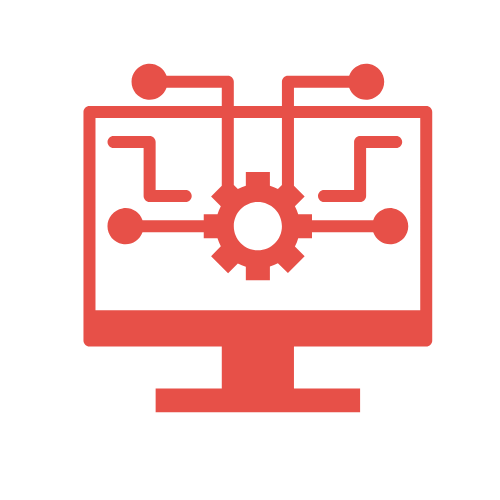
7. Gretl
Use Case:
Gretl is a free econometrics software that is easy to use, as it provides a wide range of statistical and econometric analyses. Gretl is regularly used by those who prefer a graphical user interface (GUI) over code-based software (Università di Palermo, 2020)
Example Application:
Gretl is widely used in teaching and basic research, especially by those who are new to econometric analysis. It offers support for linear regression, instrumental variable (IV) estimation, and time series analysis.
Example: Using a basic linear regression model, a student may use Gretl to estimate how educational attainment affects income. Non-code-based software makes it easy to do statistical analyses for those users who don’t have lots of coding experience.
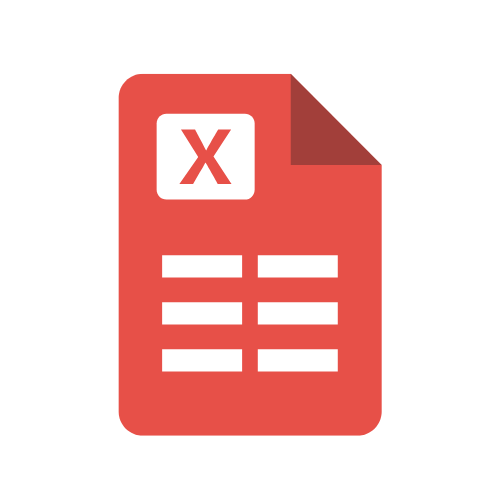
8. Excel
Use Case:
Excel is one of the most commonly used tools for initial data cleaning and basic data analysis, particularly by non-technical users. It is incredibly helpful for economists who want to make quick and simple visualizations, perform basic regression analysis, or prepare data for further analysis with more advanced tools (Microsoft, 2020).
Application Example:
Economists could perform initial data analysis in Excel, such as running simple regressions or creating charts to visualize data trends.
Example: An analyst might run a basic OLS for consumer spending and income levels based on an analysis using Excel’s Data Analysis Toolpak.
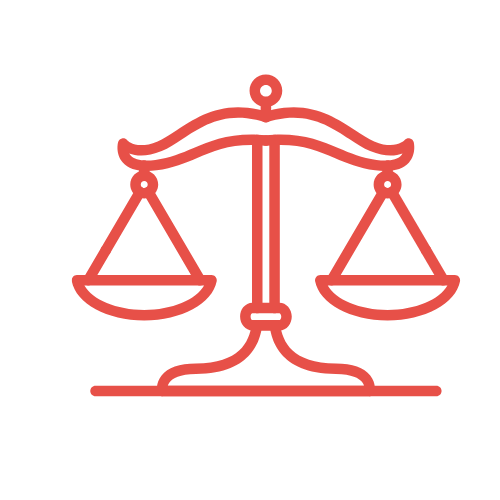
9. Conclusion
The tools described above are essential to econometricians and data analysts in economics. Stata and R are certainly superior tools for in-depth econometric analysis, but Python and MATLAB are ideal for those working with rigorous modelling and machine learning. For those students and practitioners of macroeconomics, EViews provides a superior time-series alternative, and most users prefer the standard functionality of Excel or Gretl. In the end, the tool is a function of the economist or analyst’s needs and the data’s complexity.

10. References
- IHS Markit. (2020). EViews Overview.
- (2020). MATLAB for Econometrics.
- (2020). Excel for Econometrics and Statistical Analysis.
- R Core Team. (2021). R: A Language and Environment for Statistical Computing.
- (2020). Stata: Data Analysis and Statistical Software.
- Van Rossum, G., & Drake, F. L. (2009). Python 3 Reference Manual. CreateSpace Independent Publishing Platform.
- Università di Palermo. (2020). Gretl – Econometrics Software.
